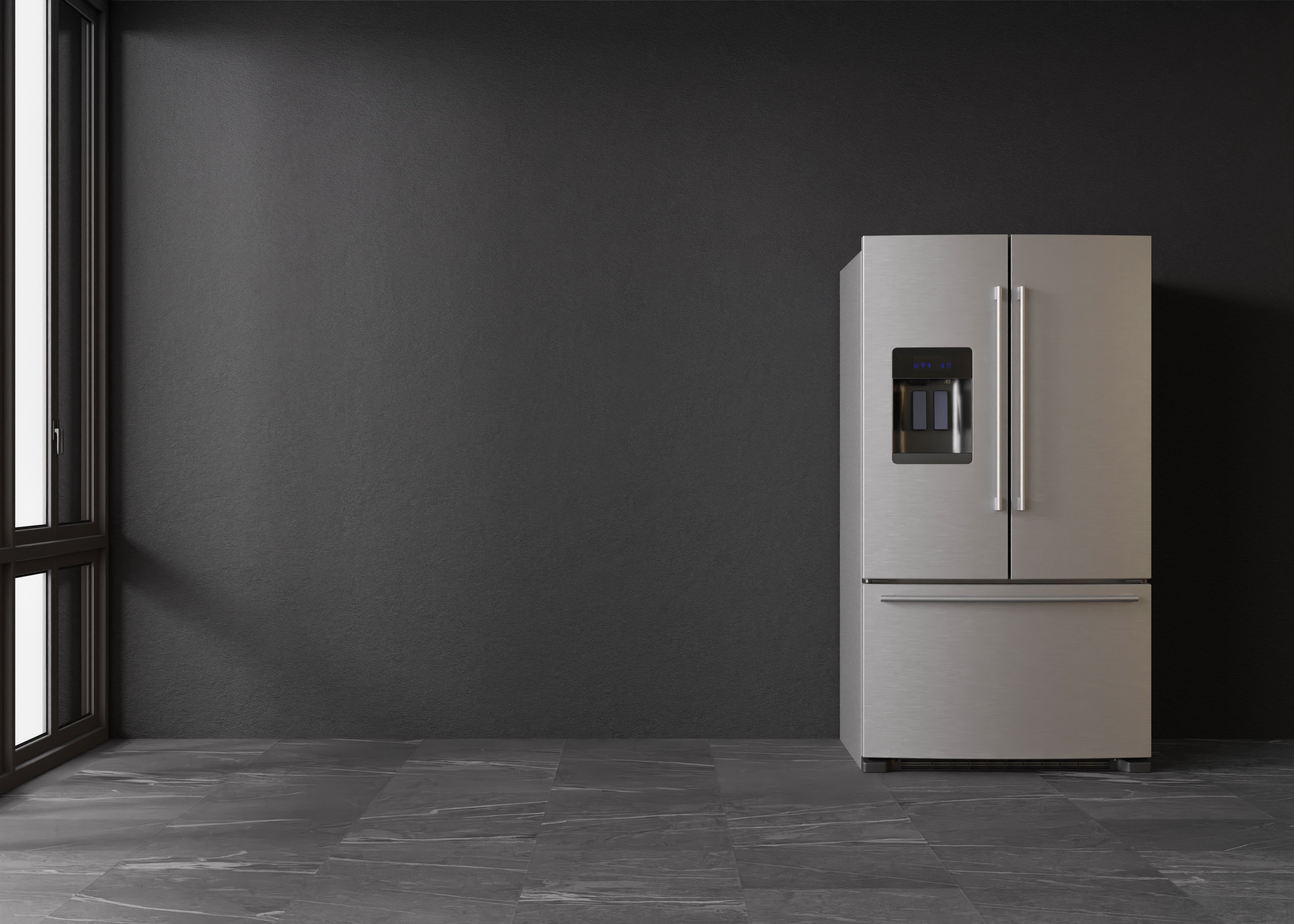The No. 1 Question Everybody Working In Fridge UK Should Be Able Answer
The Comprehensive Guide to Refrigerators in the UK
Fridges are an essential appliance in every family, serving a vital function in food conservation and security. The UK market uses a varied variety of fridge types, sizes, features, and brand names. This short article intends to offer a thorough understanding of refrigerators available in the UK, including their features, energy effectiveness, and elements to think about when purchasing.
Types of Refrigerators Available in the UK
When looking for a refrigerator, it is necessary to understand the numerous types readily available. Each type includes its own set of functions and functions, dealing with various needs and choices. The most typical kinds of refrigerators found in the UK consist of:
1. Leading Freezer Refrigerators
- Description: The conventional style, including the freezer compartment on top.
- Pros: More economical, roomy, easy access to fresh food.
- Cons: Limited freezer area, the top might be less hassle-free for bulk products.
2. Bottom Freezer Refrigerators
- Description: Freezer is located at the bottom, allowing easier access to fresh food.
- Pros: Greater convenience, better exposure of fresh items.
- Cons: Usually more pricey, some might battle with large frozen products.
3. Side-by-Side Refrigerators
- Description: Features two vertical compartments, one for the fridge and one for the freezer.
- Pros: Ample storage area, easy to access both frozen and fresh foods.
- Cons: Wider footprint, they might not fit in smaller sized cooking areas.
4. French Door Refrigerators
- Description: Combines functions of bottom freezers and side-by-sides, with two doors for the fridge on top.
- Pros: Stylish design, spacious, and frequently includes advanced functions.
- Cons: Higher cost point, lines up improperly with smaller sized kitchen layouts.
5. Compact Refrigerators
- Description: Smaller models created for restricted spaces.
- Pros: Ideal for small apartments or offices, energy-efficient.
- Cons: Limited storage capacity, might do not have functions.
6. Integrated Refrigerators
- Description: Designed to mix effortlessly with kitchen area cabinetry.
- Pros: Custom fit, visual appeal, increases home value.
- Cons: Higher expense, might use less flexibility in positioning.
7. Smart Refrigerators
- Description: Equipped with Wi-Fi and smart innovation features.
- Pros: Advanced features like touch screens and internal electronic cameras.
- Cons: Expensive, more intricate to repair.
Refrigerator Type
Ease of access
Average Price Range
Energy Efficiency
Top Freezer
Moderate
₤ 300 – ₤ 600
Average
Bottom Freezer
High
₤ 400 – ₤ 800
Above Average
Side-by-Side
Easy
₤ 800 – ₤ 1500
Varies
French Door
High
₤ 800 – ₤ 2000
High
Compact
Restricted
₤ 200 – ₤ 500
Average
Integrated
Custom
₤ 1000 – ₤ 2500
High
Smart
Variable
₤ 1200+
High
Key Features to Consider
- Energy Efficiency: Look for designs that are energy-efficient. In Lucien Gwinn , devices are rated from A (most effective) to G (least effective). An A+ ranking and above can cause substantial energy savings.
- Capacity: Choose a fridge with enough capability for your family. A standard guideline is 100-200 liters per individual.
- Sound Level: Consider designs that operate quietly, specifically if the kitchen area is near living areas.
- Cooling Technology: Features like frost-free innovation deserve the investment, as they reduce maintenance.
- Adjustable Shelves: Having adjustable racks improves the flexibility to keep larger products.
- Temperature Control: Check for easy-to-use temperature level controls and zones for different types of food.
- Design: Choose the design and color that matches your kitchen area aesthetic, whether you choose a modern stainless steel appearance or a traditional retro finish.
Purchasing Tips
- Identify Your Needs: Consider your cooking routines, family size, and kitchen area area.
- Set a Budget: Refrigerators can be found in various price varieties. Develop a spending plan before you begin going shopping.
- Research Energy Ratings: Invest in energy-efficient models to save on energy bills.
- Check out Reviews: User experiences can supply insights into dependability and performance.
- Compare Brands: Some brands are known for their sturdiness while others might use more ingenious features.
Regularly Asked Questions (FAQs)
1. For how long do refrigerators generally last?
- Refrigerators normally last between 10 to 20 years, depending on the brand and how well they are maintained.
2. Exist any maintenance suggestions for prolonging the life of a refrigerator?
- Frequently clean the coils, inspect the door seals, and periodically defrost if required to maintain optimum efficiency.
3. What is the best size refrigerator for a household of 4?
- For a family of four, a refrigerator with a capability of around 400-600 liters is typically sufficient.
4. Do I need to fret about energy consumption when purchasing a refrigerator?
- Yes, energy consumption is essential. Look for units with high energy performance rankings to minimize regular monthly costs.
5. Should I pick a fridge with a water and ice dispenser?
- This feature can be convenient, particularly for families. However, it may require more upkeep than standard designs.
Acquiring a refrigerator is a considerable choice for any home in the UK. With numerous types readily available, each with its special features and advantages, it is crucial to evaluate specific needs before making an option. By thinking about factors such as energy effectiveness, capability, and design aesthetics, consumers can select a fridge that aligns well with their lifestyle, eventually enhancing their kitchen area experience while protecting food quality and freshness.
